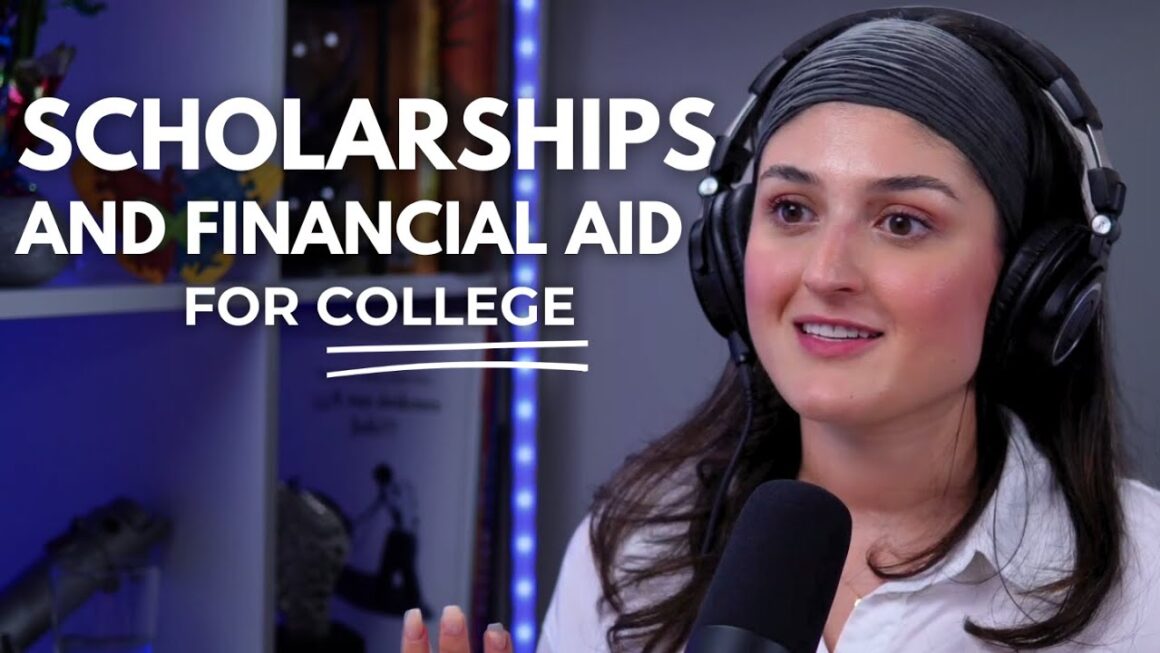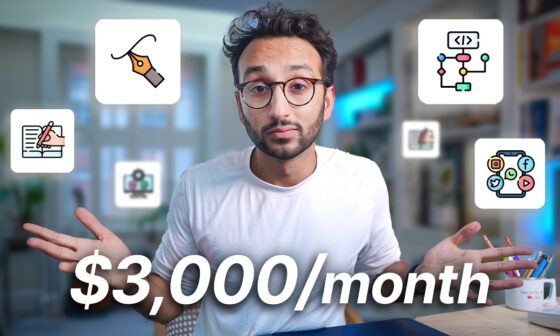 Why You’re Always Broke — The Psychological Spending Habits N0body Talks About
Why You’re Always Broke — The Psychological Spending Habits N0body Talks About
Paying for college can feel like an uphill battle if you come from a low-income background. Tuition, housing, books — the costs pile up fast. But there’s good news: several powerful grants and financial assistance programs exist to help students from low-income families afford higher education. These are not loans you pay back — they’re real free money, and knowing how to access them can make a massive difference.
In this post, we’ll dive into the most important financial assistance opportunities for low-income students in the U.S., explain the eligibility requirements, and offer tips to maximize your chance of getting funded.
What Are the Key Grants and Assistance Programs for Low-Income Students?
When we talk about financial help for low-income students, these are the major sources to watch:
-
Federal grants (like Pell Grant and SEOG)
-
TRIO programs (Upward Bound, Student Support Services)
-
State-based Promise and last-dollar programs
-
Non-profit and foundation grants
Each of these has its own rules, benefits, and eligibility criteria.
Top Federal Grants for Low-Income Students
1. Pell Grant
Probably the most well-known grant for low-income college students. The Pell Grant is awarded based on financial need and does not need to be paid back. The U.S. Department of Education sets the maximum amount each year. College Values Online+2YesFreeMoney.com+2
Eligibility is determined via FAFSA, and the amount depends on family income, enrollment status, and cost of attendance. U.S. Department of Education
2. Federal Supplemental Educational Opportunity Grant (FSEOG)
This program provides additional funds for students with exceptional financial need. Wikipedia
Schools that participate in FSEOG typically give priority to Pell-eligible students. Since funds are limited, submitting FAFSA early can increase your chances.
Important Federal Programs Beyond Traditional Grants
3. TRIO Programs
These are federally funded support programs designed to help low-income, first-generation, or underrepresented students prepare for and succeed in college. One example is Upward Bound, which supports high school students from low-income families. Wikipedia
Another TRIO initiative, Student Support Services, provides tutoring, mentoring, and financial aid counseling.
4. Assets for Independence (AFI)
This is a matched-savings grant program for low-income individuals. Through AFI, students can build Individual Development Accounts (IDAs) to save for college, homeownership, or business ownership. Wikipedia
Money contributed to these accounts is matched by the grant, making it a powerful tool for education savings.
State and Local Programs for Low-Income Students
Many states run their own programs that work alongside federal aid. These grants often target students who commit to staying in-state, attending certain schools, or meeting financial criteria.
One example: last-dollar scholarship programs that cover the remaining cost after federal and state aid.
There’s also Promise-style programs, which guarantee tuition coverage for eligible low-income students. Wikipedia
Non-Profit and Foundation Grants
Not all grants come from the government. Non-profits and foundations also offer aid to low-income students. Here are a few noteworthy examples:
-
Jack Kent Cooke Foundation: Offers significant scholarships for high-achieving, low-income students. Wikipedia
-
Horatio Alger National Scholarship: For students who have faced and overcome personal adversity and demonstrate financial need. Scholarship Story
-
Dell Scholars Program and others often combine need-based aid with mentorship, technology support, and more. According to CollegeValuesOnline, some of these scholarships specifically target students with financial hardship. College Values Online
Table: Comparison of Grants and Assistance Programs
| Program | Who It Helps | What It Provides | Key Requirement |
|---|---|---|---|
| Pell Grant | Very low to moderate income undergrads | Annual grant, no repayment | FAFSA, Expected Family Contribution (EFC) |
| FSEOG | Lowest-income college students | Up to $4,000/year (varies by school) | FAFSA + college participation |
| Upward Bound (TRIO) | High school students from low-income, first-gen families | College prep, mentoring, tutoring | Family income & school enrollment Wikipedia |
| Assets for Independence | Low-income savers | Matched savings for IDAs | Saving plan, income limits Wikipedia |
| Promise / State Grants | State residents with financial need | Tuition or dangling cost coverage | State-specific eligibility Wikipedia |
| Jack Kent Cooke Foundation | High-potential low-income students | Large scholarships + advising | Financial need + academic merit Wikipedia |
Why These Grants Matter So Much for Low-Income Students
-
Reduce Debt Burden
These grants are “free money.” Unlike loans, grants don’t need to be paid back, which is especially meaningful for low-income students. -
Improve Access
Many programs are built specifically to give underrepresented and economically disadvantaged students a fighting chance at college. -
Provide Support Beyond Money
Programs like TRIO don’t just hand out money — they mentor, tutor, and guide students through application, enrollment, and retention. -
Encourage Long-Term Stability
Savings programs like AFI help students build financial habits and assets, promoting generational change.

Powerful Grants and Financial Assistance Programs: How to Qualify and Maximize These Grants
Here are actionable strategies to make the most of these programs:
-
File FAFSA Early
Many grants depend on FAFSA results. The earlier you apply, the better your chances. -
Research State Programs
Look into your state’s scholarship and grant options — many have need-based awards that go beyond federal aid. -
Explore TRIO Services
If you come from a qualifying background, apply for TRIO programs to get long-term support. -
Apply to Foundation Grants
Don’t limit yourself to government aid. Foundations like Jack Kent Cooke distribute large awards for low-income high achievers. -
Start Saving with IDAs
Use programs like Assets for Independence if available in your area. The matched funds make a big difference over time.
Common Mistakes to Avoid
-
Waiting until the last minute to submit financial aid forms
-
Only applying for federal grants — ignoring state and non-profit programs
-
Not following through on TRIO or savings program applications
-
Overlooking eligibility criteria — many grants require proof of need or certain income levels
-
Not keeping track of deadlines for specific grants or scholarships
Final Thoughts: Investing in Your Future with Smart Financial Aid
For low-income students, grants aren’t just helpful they can be life-changing. By understanding top grants and financial assistance programs for low-income students in the U.S., you open doors that often feel out of reach.
These programs aren’t one-size-fits-all. They’re powerful precisely because they’re tailored to the needs of students who might otherwise be left behind. If you’re eligible, take full advantage: apply early, apply broadly, and leverage all the help you can.

Start today complete your FAFSA, identify three grants or programs you qualify for, and get those applications in. Your efforts now can make all the difference in your college journey.





